Our specialized program for golfers offers medical treatment for golf-specific issues and supportive care to enhance performance.

After accurately diagnosing the condition of your body, we choose the most suitable method and approach both localized and full-body care.
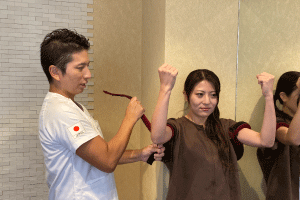
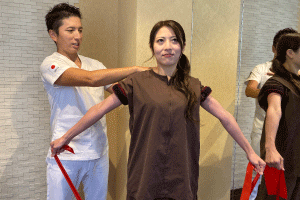
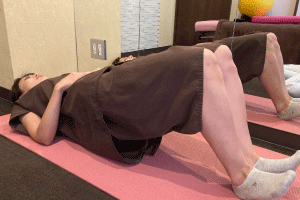
When breaking down the golfing movements, there are three main stages. Among them, the most common source of trouble is the T-shot with a driver.



Also, when dividing the action into backswing, impact, and follow-through, injuries tend to occur during the impact phase.

The most common injury areas are:
1. Wrist… De Quervain’s disease (stenosing tenosynovitis)
2. Lower back… Lumbar hernia, lumbar spondylosis
3. Elbow… Lateral epicondylitis, medial epicondylitis
4. Hand… Trigger finger (stenosing tenosynovitis)
5. Shoulder/scapula… Posterior impingement syndrome, rib stress fractures (golfer’s fracture)
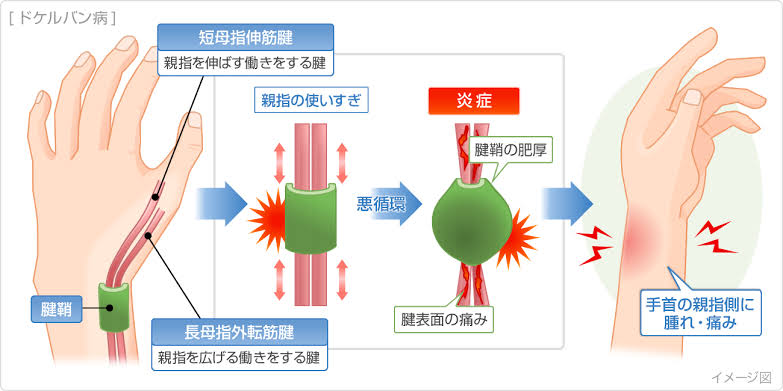
This condition occurs due to excessive stress causing the tendons in the thumb to thicken and become irritated, which creates a vicious cycle. In particular, within the first compartment of the wrist, a partition that separates two types of tendons makes stenosis more likely.
Orthopedic treatments, such as steroid injections into the tendon sheath, are effective for up to two sessions, but beyond that, evidence of effectiveness is lacking, and tendon hardening may occur.
Considering these risks, basic conservative treatments or treatments using our ES530 therapeutic device and ultrasound therapy are recommended.
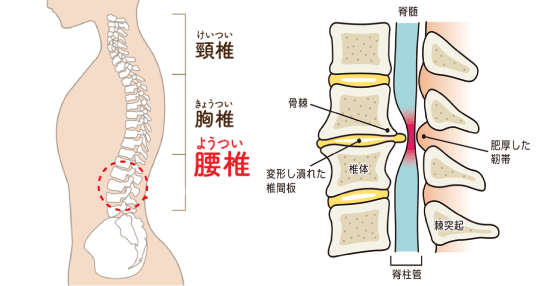
A herniated disc occurs when part of the intervertebral disc protrudes, compressing or irritating nearby nerves, causing pain and numbness.
Many golf articles recommend “rotating the lower back,” but twisting the lower back increases the risk of damage and strain. From a sports physiology standpoint, it is important to rotate the pelvic girdle, with movement occurring at the hip joint rather than the lower back.
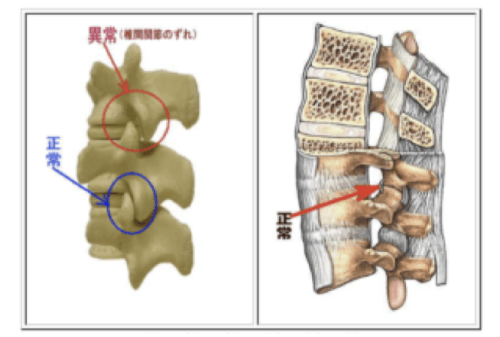
As shown in the image, rotation at the lumbar spine is locked by the facet joints, and excessive twisting can lead to lumbar damage. Moreover, the lumbar discs are especially weak against side-bending and rotational forces.
© Copyright (C) All Rights Reserved..